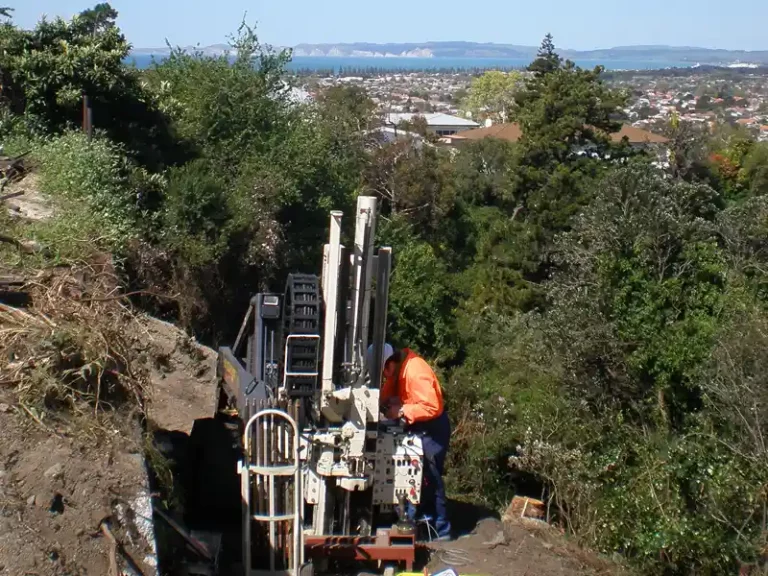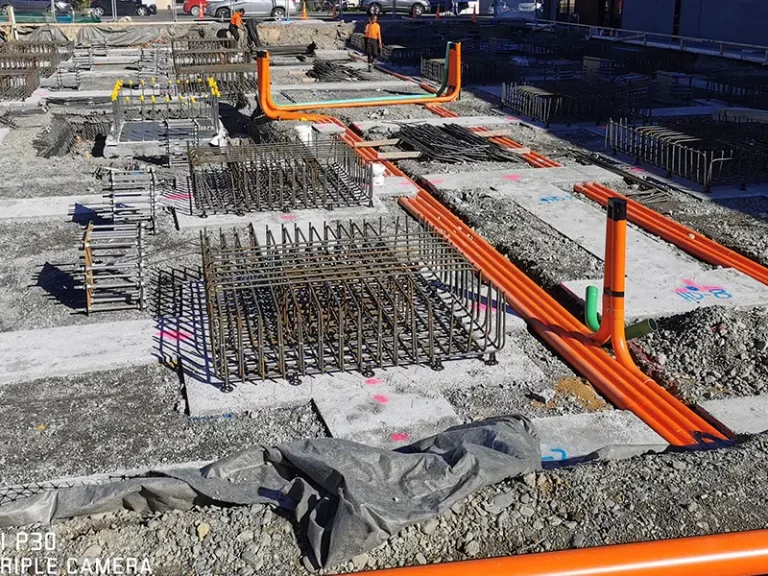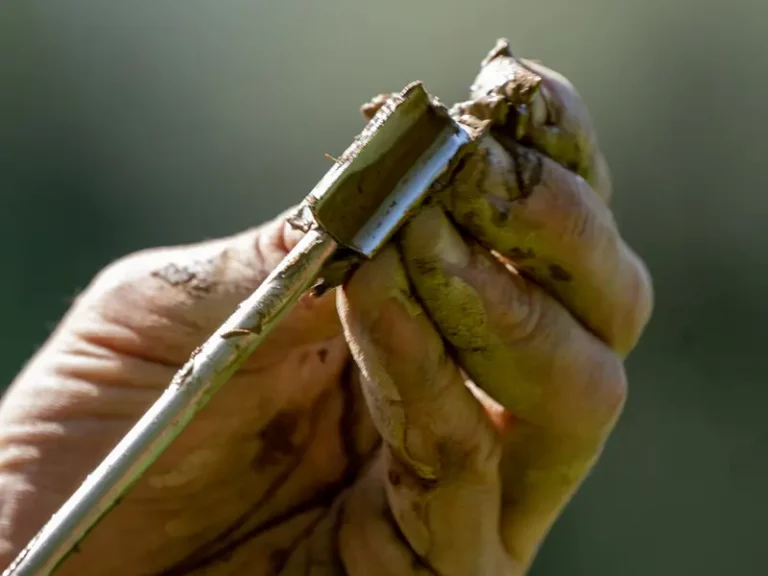Ground Improvement
Sprawling urbanisation and the attendant development of infrastructure projects often means project encounter adverse ground conditions for the development intended. Ground improvement is a broad term used in the construction industry to adjust the natural ground conditions and provide a better building block for foundations. Often the soils are too soft, saturated or variable and require improvement to ensure infrastructure and construction meet design requirements.
Depending on the properties of the ground, various ground improvement techniques are available. These are generally divided into compacting and mixing.
Compacting;
Pre-loading or surcharging; placing loads on the site to provide vertical force to compact the ground and provide settlement. This is a cheap process but can take time.
Dynamic compaction;
Dropping a large flat weight from a height (off a crane) and applying force loads to compact and densify the soils. Can increase bearing capacity and stiffness and reduce impacts of liquefaction. This is often most effective in the upper strata as the force loads dissipate with depth.
Mixing;
- Jet grouting; using high pressure to displace materials with grout, where low pressure penetration isn’t suitable. The results are re-mixed natural ground and grout.
- Deep Soil Mixing; creates broad columns of cemented ground by mixing an agent (lime or cement) with the natural ground to stiffen the ground, improve bearing capacity and reduce liquefaction risk.
- Cutter Soil Mixing CSM; a process of driving a cutting head and grouting into the ground building up a grid stricture of improvement ground, like a lattice. Can work shallow to deep improvements and common to reduce the risk of liquefaction.
- Stone Columns; this method replaces softer materials with driven stone columns densifying the ground adjacent to the stone column.
The appropriate ground improvement solution depends on results of site investigations and available engineering options. RDCL works with design engineers and contractors to ensure a robust and cost effective solution is used. RDCL also provides QA/QC solutions using testing and geophysics following construction to test the improved site has reached the design criteria.



